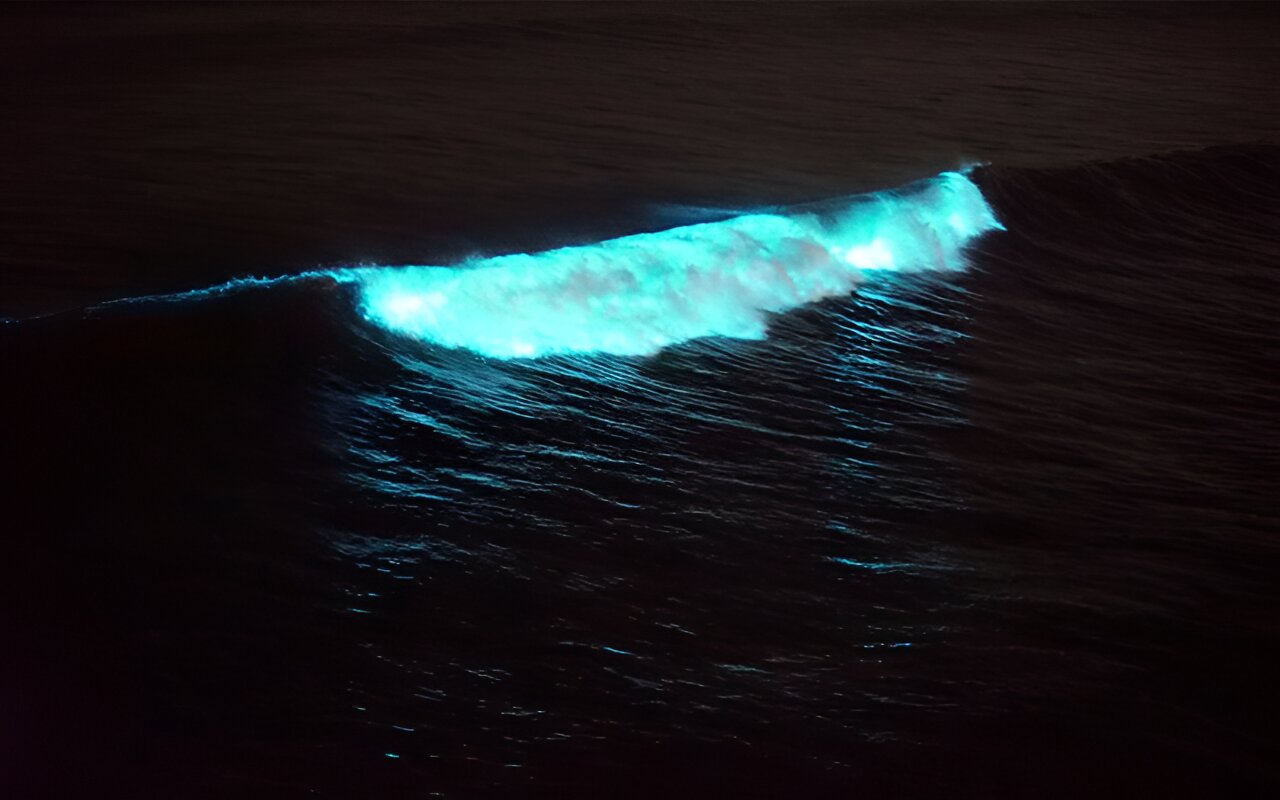A significant red tide event occurred in the spring of 2020 off the coast of Southern California, resulting in stunning displays of bioluminescence. This spectacle was caused by the high concentrations of Lingulodinium polyedra (L. polyedra), a plankton species known for emitting a vibrant neon blue glow. While the red tide attracted public attention and made global headlines, it was also a harmful algal bloom.
During the peak of the bloom, toxins were detected that had the potential to harm marine life, and the decomposition of the red tide led to near-zero levels of dissolved oxygen. This lack of oxygen resulted in fish die-offs and other destructive impacts on local ecosystems.
For the first time, a study conducted by scientists at UC San Diego’s Scripps Institution of Oceanography and Jacobs School of Engineering has identified how this particular plankton species, a dinoflagellate, was able to create such a dense bloom. The answer lies in the remarkable swimming ability of dinoflagellates, which gives them a competitive advantage over other phytoplankton species. According to the researchers, this swimming ability can lead to the formation of dense blooms, including those that exhibit bioluminescence.
“The concept that vertical swimming provides dinoflagellates with a competitive advantage has been around for over half a century, but only now do we have the technology to conclusively prove it in the field,” said oceanographer Drew Lucas, the senior author of the paper and an associate professor at Scripps Oceanography and the Department of Mechanical and Aerospace Engineering at UC San Diego.
Lucas and former graduate student Bofu Zheng led the research during the red tide event in April and May 2020. They took advantage of the opportunity to deploy advanced ocean instruments off the coast of San Diego, resulting in unprecedented measurements. The team’s findings were published in the Proceedings of the National Academy of Sciences on August 28, and the paper was featured as the cover story.
2023-08-29 03:24:04
Source from phys.org
